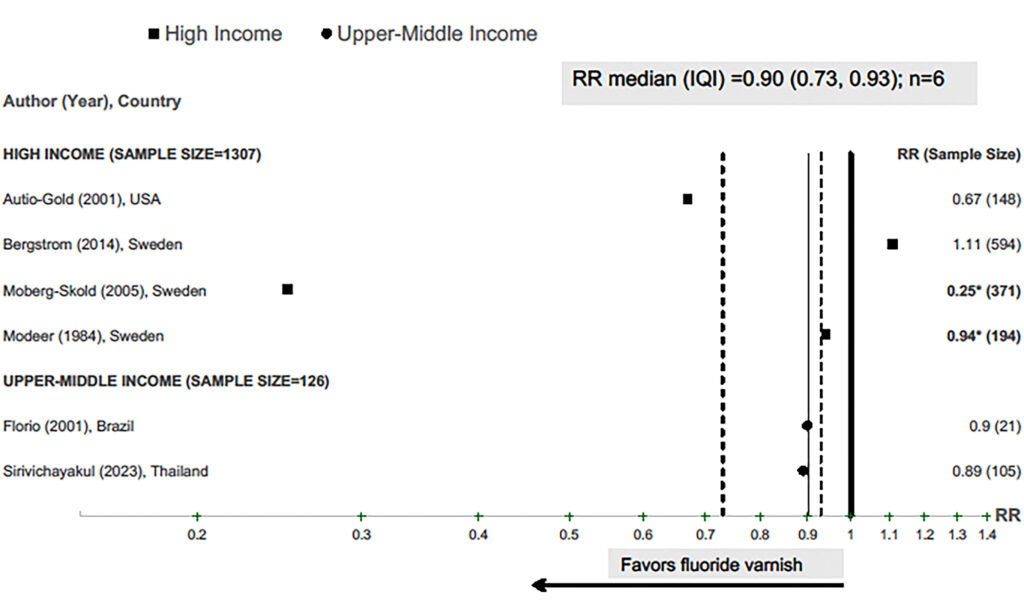Fluoride, Fillings, and the Future of Children’s Oral Health
Current federal guidance to roll back school-based fluoride programs threatens to undo decades of progress in children's health.

Read Time: 2 minutes
Published:
“Ban fluoride.” This has been one of the rallying cries Robert F. Kennedy Jr., United States Secretary of Health and Human Services, has amplified throughout his tenure. With fewer federal resources and weaker oversight under his leadership, states have been more willing to roll back water fluoridation programs, snowballing a trend that could strip millions of children of one of the most effective protections against tooth decay.
For decades, community water fluoridation has been a cornerstone of dental health and cavity prevention. But not all families benefit. Many families rely on bottled water or live in areas without fluoridated water systems. School-based varnish programs fill this gap. These programs bring prevention directly to classrooms, with trained professionals applying a fluoride coating to children’s teeth. Varnish works as a shield, strengthening enamel and stopping decay before it starts through multiple applications.
A recent global systematic review led by Dr. Susan Griffin and her team at the Centers for Disease Control and Prevention (CDC) analyzed data from over 60,000 students across high- and upper-middle-income countries. Researchers pooled participants’ cavity rates to evaluate overall effectiveness across countries. They found that school fluoride varnish programs cut the risk of cavities by 32% in permanent teeth and 25% in baby teeth.

These findings led the CDC’s Community Preventive Services Task Force to recommend implementing school fluoride varnish programs nationwide in June 2024. Such efforts are being rolled back under the current guidance and rhetoric from the highest federal offices.
In an era when every dollar of public spending is scrutinized for waste, school fluoride varnish programs stand out as efficient, evidence-based investments. They prevent disease before it starts, reduce disparities, and save money. Rolling them back would undo decades of progress and further jeopardize children’s health for a generation.



